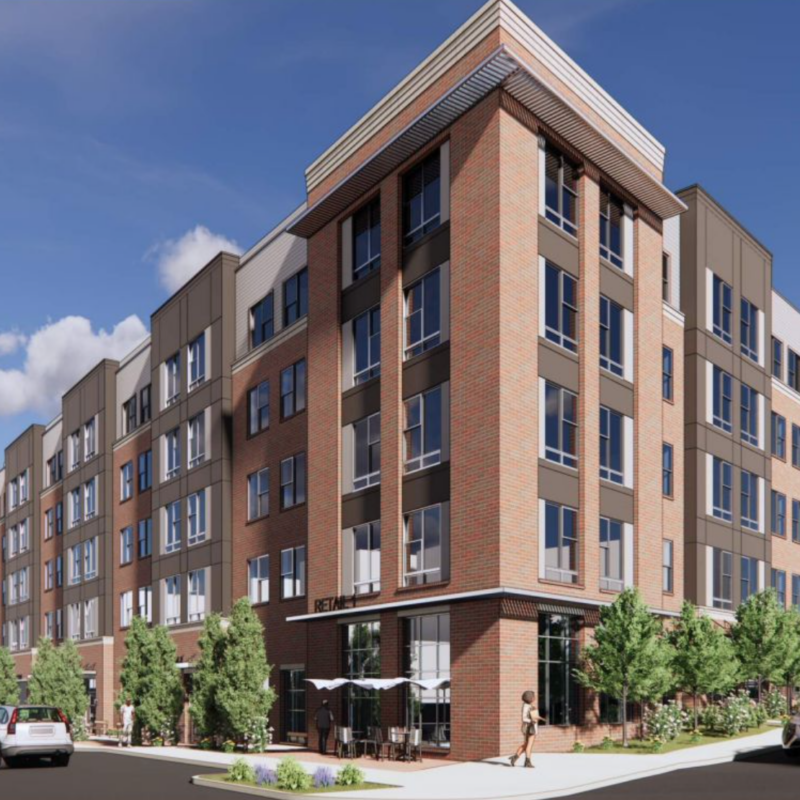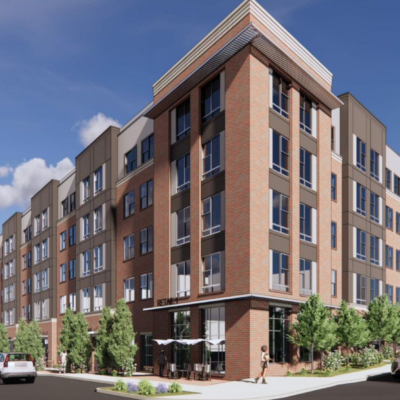The redevelopment of the Route 29 corridor has been under discussion for years. Albemarle County has recently released the implementation chapter for Places29 Master Plan that lists the top priorities for transportation improvements and land use management, among others. Yet, these priorities are deemed necessary whether or not the master plan for the Route 29 corridor is adopted. To complicate things, although funding sources for these improvements were decided upon, the actual federal or local funds are nonexistent.
Morgan Butler, with the Southern Environmental Law Center, says the implementation chapter is vital for the future vision of the corridor. “The situation is this: [the chapter] is showing us that transportation improvements are needed along that corridor to finally deal with the hole we dug ourselves into,” he says. But, what Places29 does, he says, is set a land use pattern “that can actually reduce congestion when compared with sprawling development, and moreover, can be used if implemented as the plan set forth.”
According to the chapter, a backlog of transportation, infrastructure and community facilities and services already exists. “Almost all of the improvements in the master plan could be considered ‘back log’ as they either address existing demands or demands that will occur regardless of whether the master plan is approved,” says the county in an e-mail. “Most of these projects have been planned or anticipated for years.”
And the top five transportation priorities address just that: 1) The construction of the segment of Hillsdale Drive north of Hydraulic Road is needed to reduce the amount of traffic at the intersection with Route 29. 2) The extension of Berkmar Drive to Towncenter Drive is needed as an alternate route, parallel to Route 29. 3) Connected to that, the widening of Route 29 itself to six lanes in the segment of Polo Grounds Road to Towncenter Drive will eliminate congestion. 4) Transit improvements will reduce the number of vehicular traffic. 5) Finally, the construction of the grade-separated interchange at Rio Road and US 29 will serve to divert traffic on the corridor and will also serve for new development planned for the adjacent land.
“I think they are a vital component of the master plan,” says Butler of the interchanges. Others are more skeptical. “The Free Enterprise Forum has raised concerns regarding the liability of the maintenance of traffic during construction of the grade-separated interchange,” says Neil Williamson, executive director of the Free Enterprise Forum. “We remain concerned that if all the interchanges were built, and limited access to 29 was created, the need would grow to an expressway rather than a main street.”
Butler says that although he understands concerns around the design of the grade-separated interchange, those fears are based on old designs. “Like everything else, technology has improved and there are designs out there for these grade-separated interchanges,” he says. “[They] can be designed and built to have a much smaller footprint, a much smaller impact on the surrounding area and from what we see in the Places29 plan, that’s what they are envisioning.”
What divides critics and planners even more is the question of how to pay for all of this.
“I firmly believe this region has spent more funds on studies on transportation than on asphalts in recent years,” says Williamson. The county, in turn, says that the state “has not maintained its commitment to fund transportation projects and has not given the local governments any new means to address these problems. Albermarle, like every other locality in Virginia, is dependent on the State fixing the transportation funding crisis it has created.”




